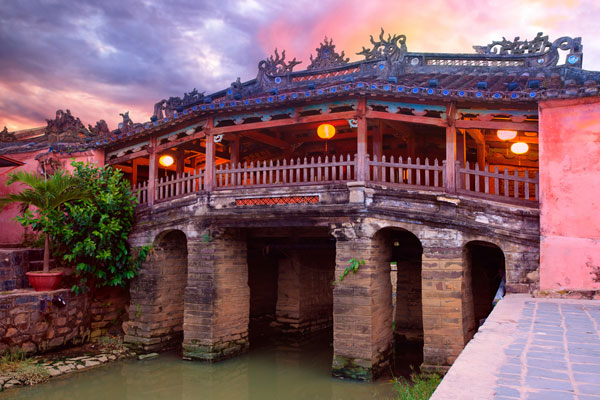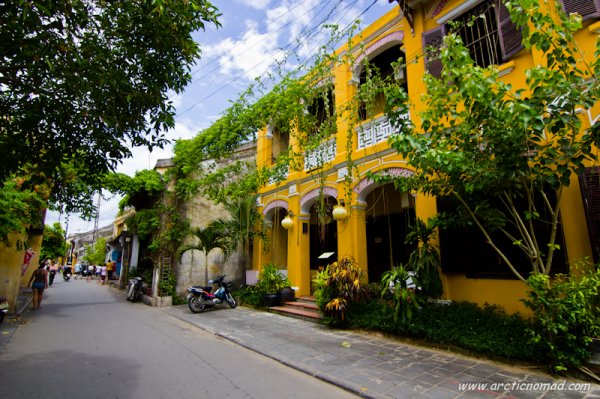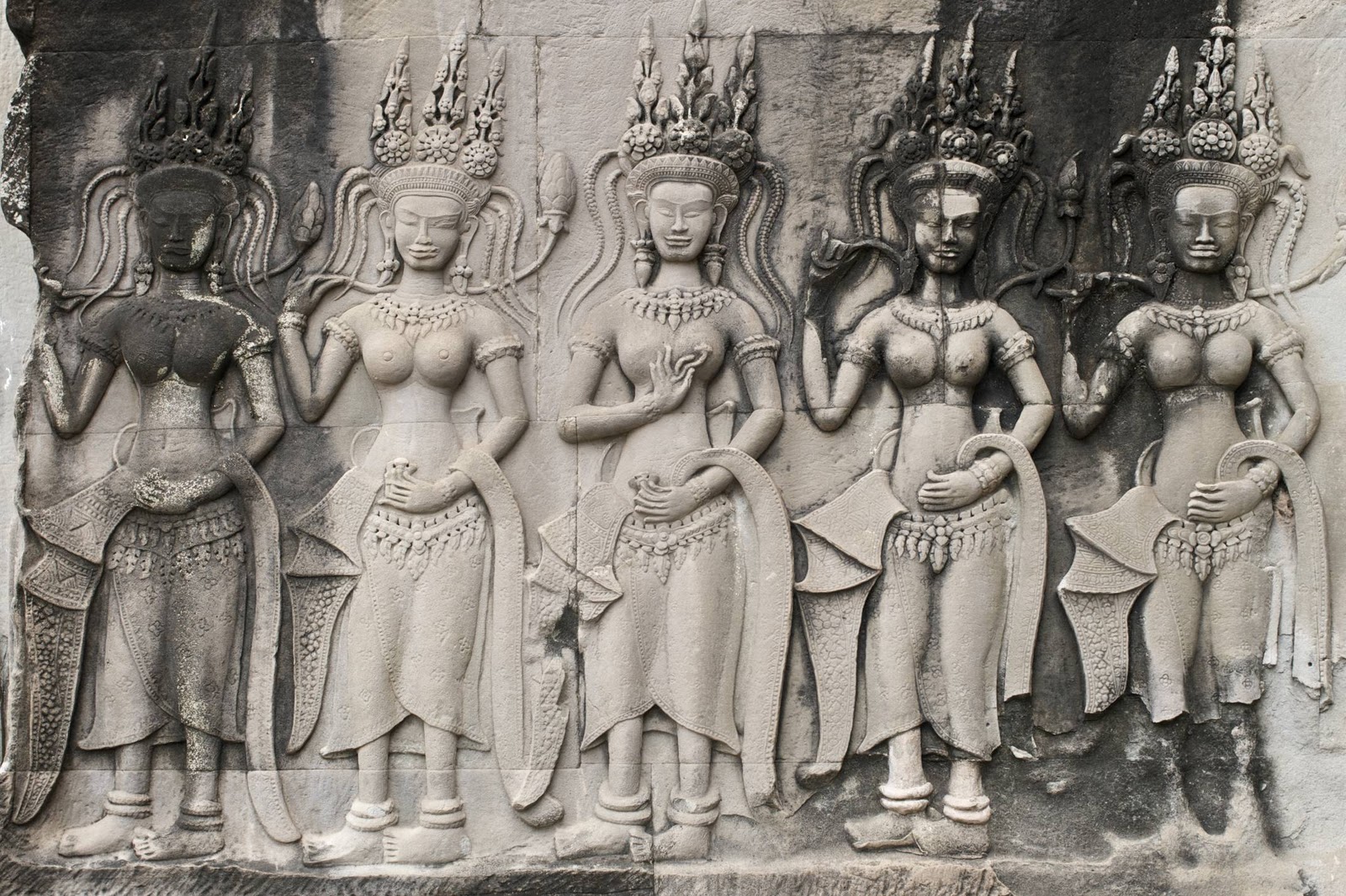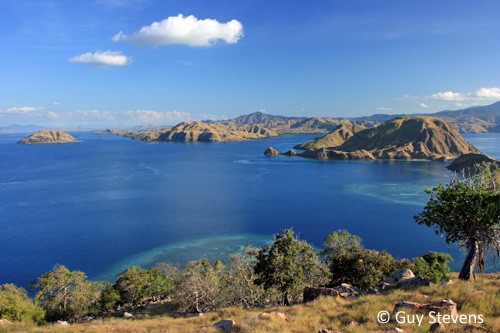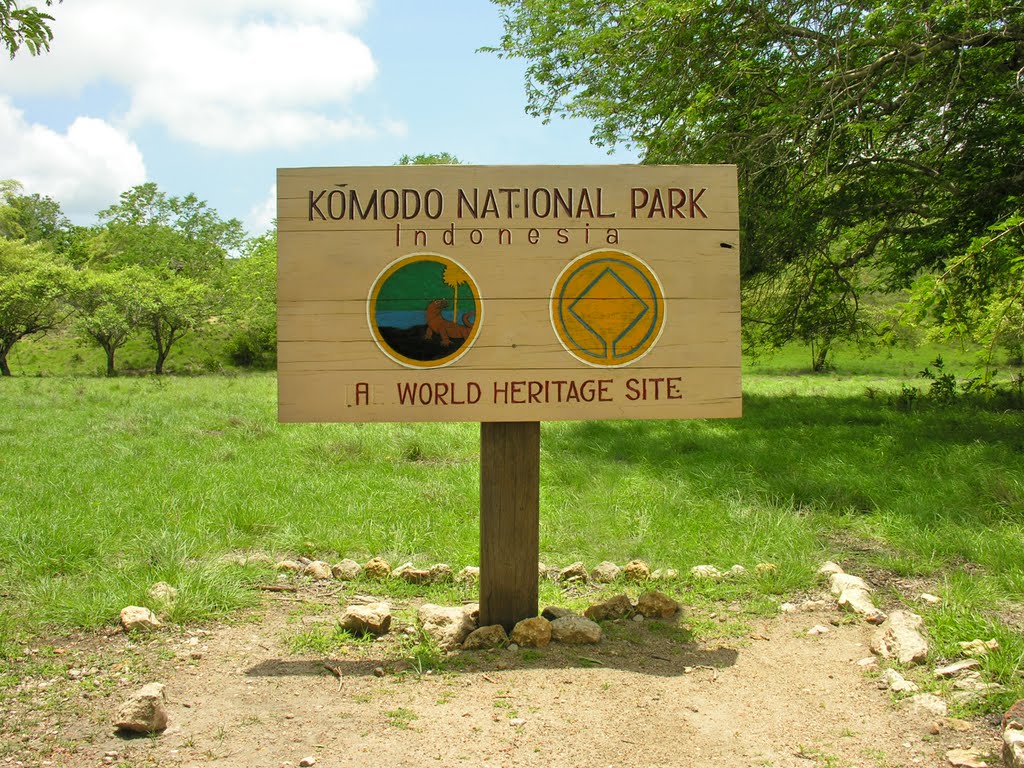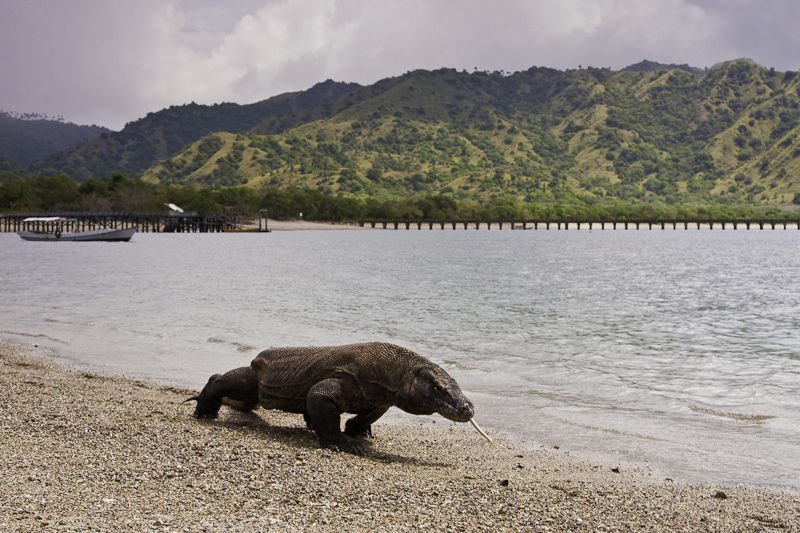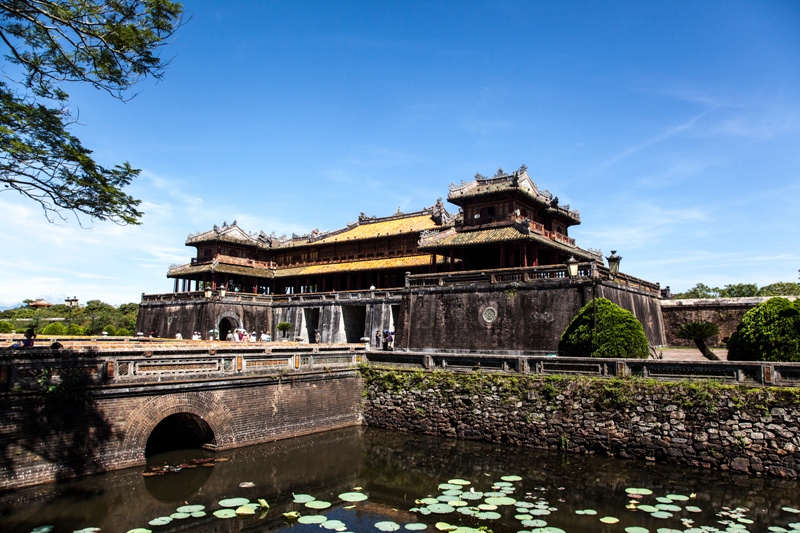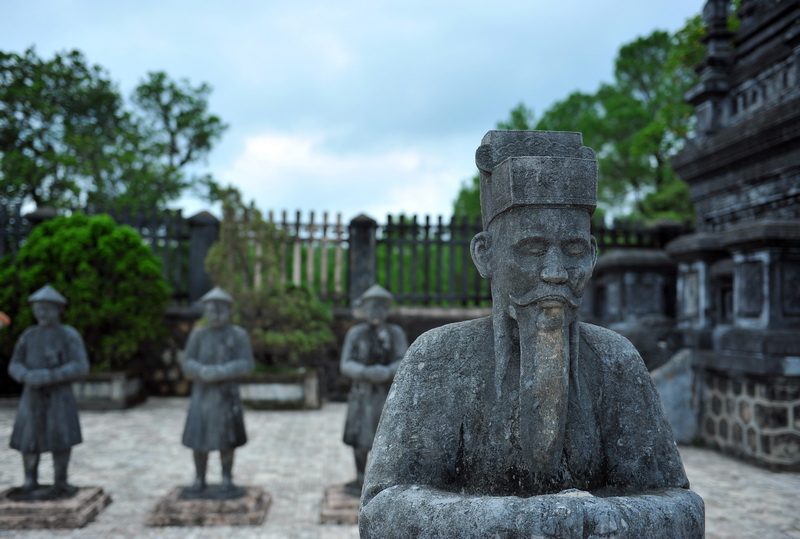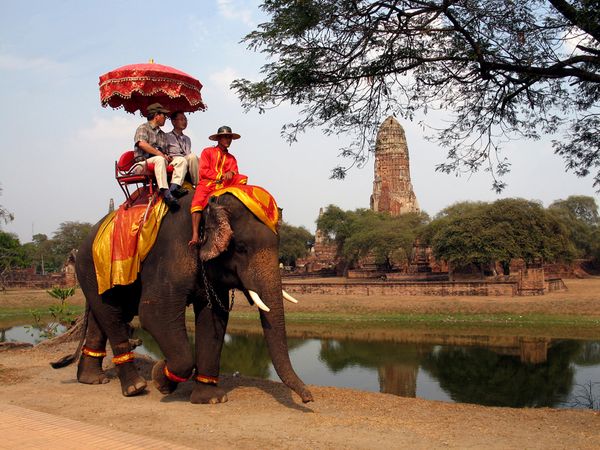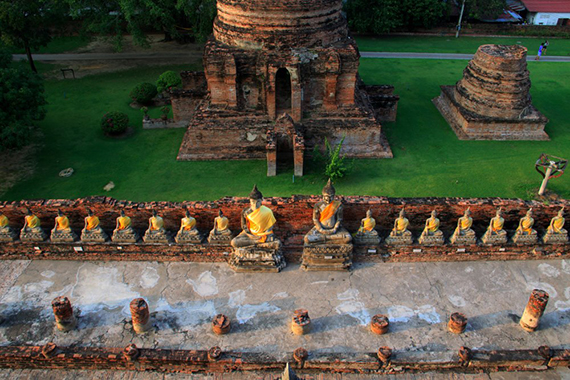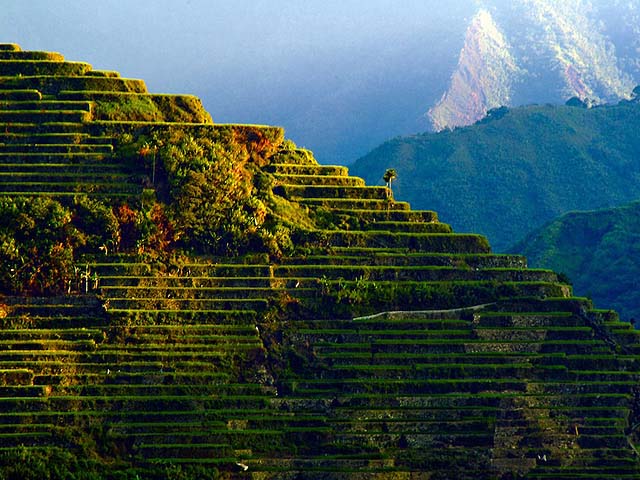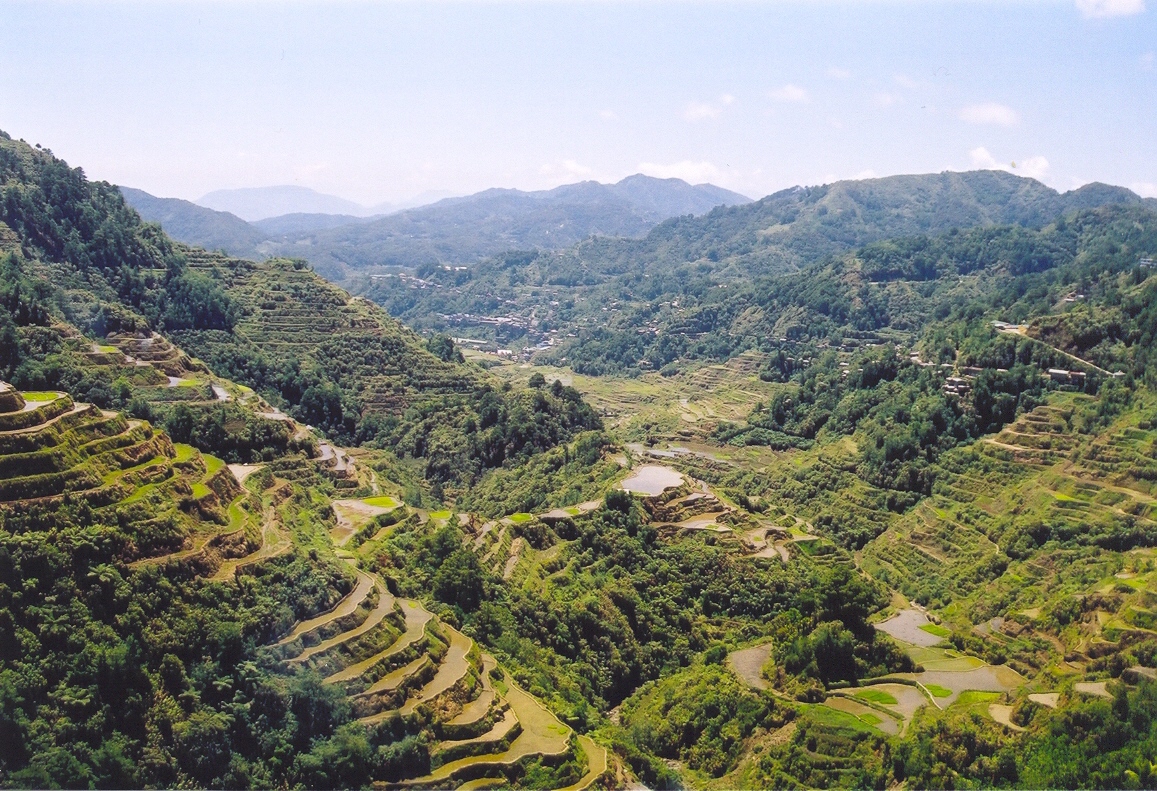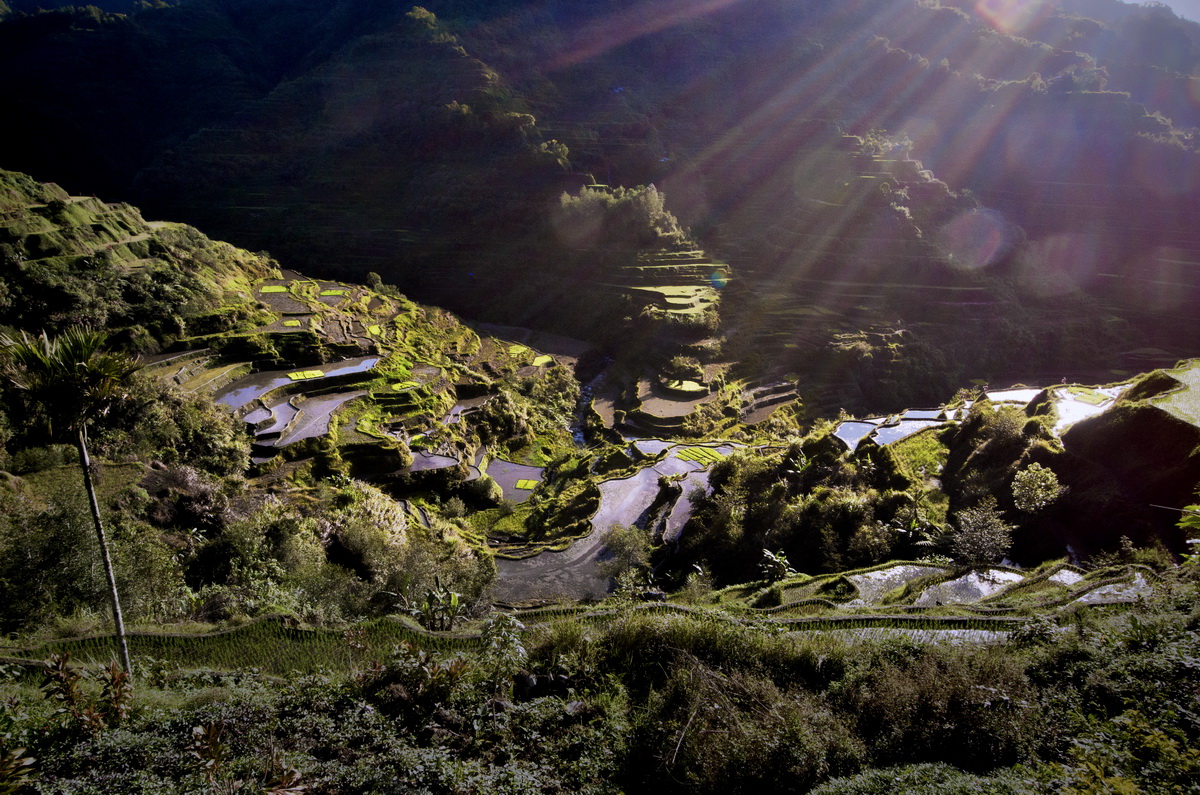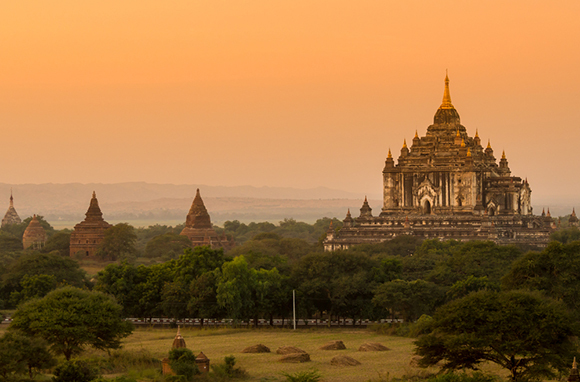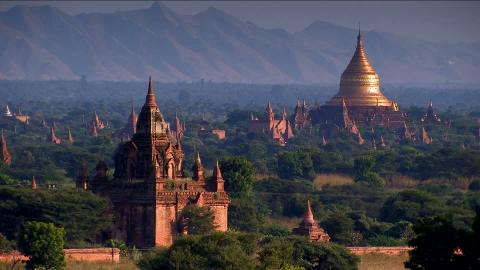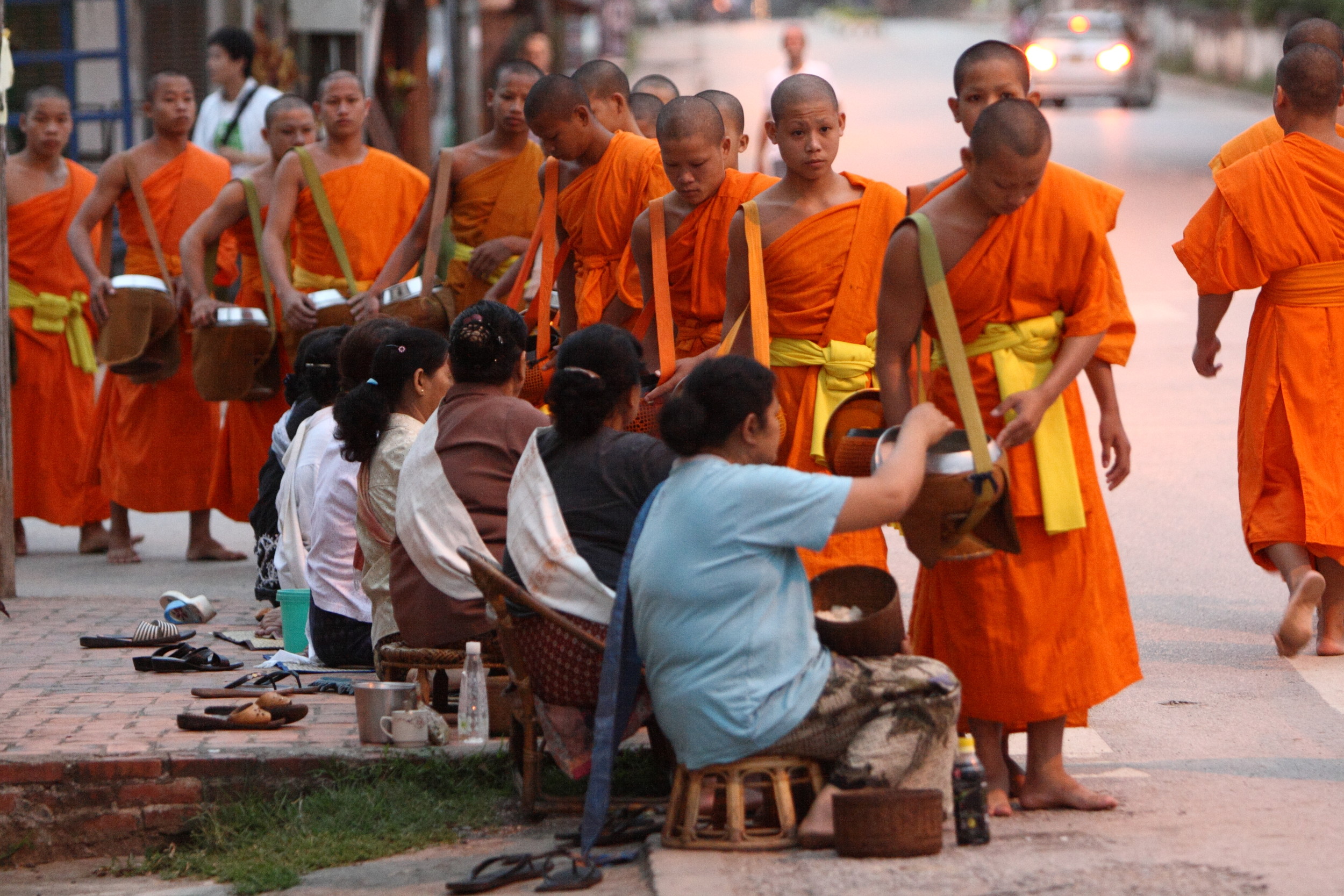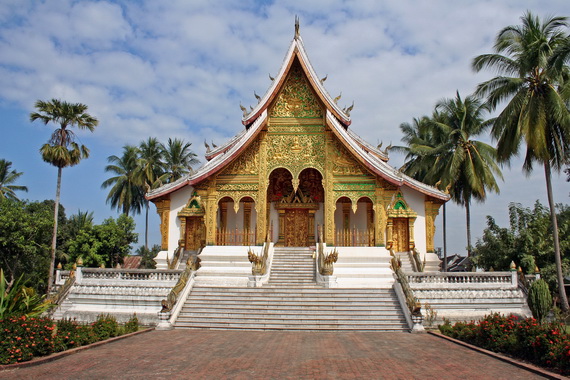Top 10 Must-Visit UNESCO World Heritage Sites Near Malaysia
Our neighbouring countries hold much wonder for us to discover.
1. The quaint ancient riverside trading town of Hoi An, Vietnam
UNESCO World Heritage Hoi An Ancient Town is an exceptionally well-preserved example of a South-East Asian trading port dating from the 15th to the 19th century.
The town is a special example of a traditional trading port in South-East Asia which has been completely and assiduously preserved: it is the only town in Viet Nam that has survived intact in this way. The town reflects a fusion of indigenous and foreign cultures (principally Chinese and Japanese with later European influences) that combined to produce this unique survival.
2. The intricate temple complex of Angkor Wat, Cambodia
Angkor is one of the most important archaeological sites in South-East Asia.
Stretching over some 400 km2, including forested area, Angkor Archaeological Park contains the magnificent remains of the different capitals of the Khmer Empire, from the 9th to the 15th century. They include the famous Temple of Angkor Wat and, at Angkor Thom, the Bayon Temple with its countless sculptural decorations. For several centuries Angkor was the centre of the Khmer Kingdom. With impressive monuments, several different ancient urban plans and large water reservoirs, the site is a unique concentration of features testifying to an exceptional civilisation.
3. The curious dragons of Komodo National Park, Indonesia
Komodo National Park, located in the center of the Indonesian archipelago, between the islands of Sumbawa and Flores, is composed of three major islands (Rinca, Komodo, and Padar) and numerous smaller ones, all of them of volcanic origin.
These volcanic islands are inhabited by a population of around 5,700 giant lizards, whose appearance and aggressive behaviour have led to them being called 'Komodo dragons'. They exist nowhere else in the world and are of great interest to scientists studying the theory of evolution. The rugged hillsides of dry savannah and pockets of thorny green vegetation contrast starkly with the brilliant white sandy beaches and the blue waters surging over coral.
4. The grand imperial capital of the Complex of Hué Monuments, Vietnam
Established as the capital of unified Viet Nam in 1802, Hué was not only the political but also the cultural and religious centre under the Nguyen dynasty until 1945.
The Perfume River winds its way through the Capital City, the Imperial City, the Forbidden Purple City and the Inner City, giving this unique feudal capital a setting of great natural beauty. The Complex of Hue Monuments is a remarkable example of the planning and construction of a complete defended capital city in a relatively short period in the early years of the 19th century CE.
5. The majestic Siamese kingdom of Ayutthaya, Thailand
The Historic City of Ayutthaya, founded in 1350, was the second capital of the Siamese Kingdom.
It flourished from the 14th to the 18th centuries, during which time it grew to be one of the world’s largest and most cosmopolitan urban areas and a center of global diplomacy and commerce. It was destroyed by the Burmese in the 18th century. Its remains, characterized by the prang (reliquary towers) and gigantic monasteries, give an idea of its past splendour.
6. The mountainous rice terraces of the Philippine Cordilleras, Philippines
The Rice Terraces of the Philippine Cordilleras is an outstanding example of an evolved, living cultural landscape that can be traced as far back as two millennia ago in the pre-colonial Philippines.
The terraces are located in the remote areas of the Philippine Cordillera mountain range on the northern island of Luzon, Philippine archipelago. They are all the product of the Ifugao ethnic group, a minority community that has occupied these mountains for thousands of years. The Ifugao Rice Terraces are the priceless contribution of Philippine ancestors to humanity. Built 2000 years ago and passed on from generation to generation, the Ifugao Rice Terraces represent an enduring illustration of an ancient civilization that surpassed various challenges and setbacks posed by modernization.
7. The awe-inspiring ancient cities of Pyu, Myanmar
Pyu Ancient Cities includes the remains of three brick, walled and moated cities of Halin, Beikthano and Sri Ksetra located in vast irrigated landscapes in the dry zone of the Ayeyarwady (Irrawaddy) River basin.
They reflect the Pyu Kingdoms that flourished for over 1,000 years between 200 BC and AD 900. The three cities are partly excavated archaeological sites. Remains include excavated palace citadels, burial grounds and manufacture sites, as well as monumental brick Buddhist stupas, partly standing walls and water management features – some still in use – that underpinned the organized intensive agriculture.
8. The lush forest complex of Dong Phayayen-Khao Yai, Thailand
The Dong Phayayen-Khao Yai Forest Complex spans 230 km between Ta Phraya National Park on the Cambodian border in the east, and Khao Yai National Park in the west.
Internationally important for its biodiversity and the conservation of globally threatened and endangered mammal, bird and reptile species, the property is home to one critically endangered (Siamese Crocodile), four endangered (Asian Elephant, Tiger, Leopard Cat, Banteng) and 19 vulnerable species. The property protects some of the largest remaining populations in the region of many important wildlife species and is the only known location where White-headed and Pileated Gibbon species have overlapping ranges and interbreed.
9. The well-preserved old town of Luang Prabang, Laos
Luang Prabang is located in northern Laos at the heart of a mountainous region. The town is built on a peninsula formed by the Mekong and the Nam Khan River.
Luang Prabang is exceptional for both its rich architectural and artistic heritage that reflects the fusion of Lao traditional urban architecture with that of the colonial era. Its remarkably well-preserved townscape reflects the alliance of these two distinct cultural traditions.
10. The delicate Buddhist monuments of Borobudor, Indonesia
Borobudur is one of the greatest Buddhist monuments in the world. Founded by a king of the Saliendra dynasty in the 8th and 9th centuries AD, it was built to honour the glory of both the Buddha and its founder, a true king Bodhisattva. This famous Buddhist temple, dating from the 8th and 9th centuries, is located in central Java. It was built in three tiers: a pyramidal base with five concentric square terraces, the trunk of a cone with three circular platforms and, at the top, a monumental stupa.

